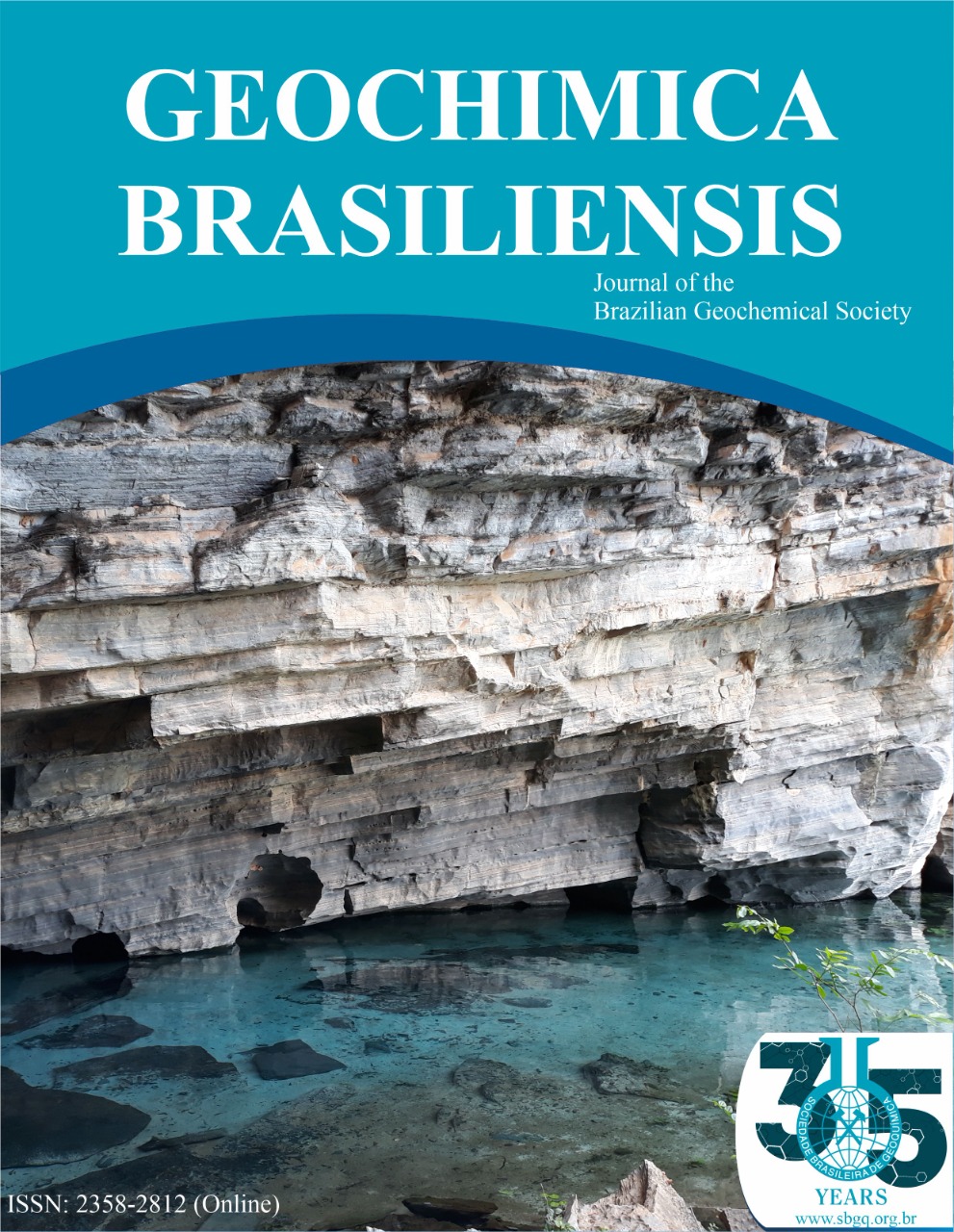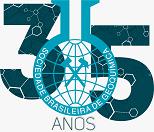GEOQUÍMICA DAS ROCHAS METAMÁFICAS E METAULTRAMÁFICAS DA SEQUÊNCIA GREENSTONE BELT MORRO DO FERRO NA REGIÃO DE FORTALEZA DE MINAS - MG
Abstract
A Sequência Greenstone Belt Morro do Ferro localiza-se na borda sul do Cráton São Francisco no domínio da Faixa Brasília Meridional, sul/sudeste do Estado de Minas Gerais, é considerada como o primeiro depósito vulcanogênico relacionado a derrames ultrabásicos do Brasil de sulfeto maciço. É constituída por corpos metamáficas/ultramáficas alongados segundo NW/SE, intercalados com rochas do embasamento cristalino, Complexo Barbacena. Os litotipos comuns a essa sequência são serpentinitos, anfibólio clorita xistos, anfibólio fels e talco xistos, e em menor escala anfibolitos, formações ferríferas intimamente associadas às sequências máficas e ultramáficas, e possíveis metapelitos intercalados com as formações ferríferas .Através dos diagramas multi-elementares de elementos traços incompatíveis normalizados pelos valores do MORB, é possível identificar quatro padrões de distribuição distintos que permitem dividir as rochas ultramáficas e máficas analisadas em quatro grupos, P1, P2, P3, P4. Os grupos P1, P2 e P3 exibem assinatura geoquímica próxima ao MORB, e o Grupo P4 indica composições de um fragmento do manto. As rochas máficas e ultramáficas dos grupos P1 e P2 mostram características de ofiólitos relacionados a subducção e os do grupo P3 a ofiólitos não relacionados a subducção.
Downloads
Downloads
Published
How to Cite
Issue
Section
License
Copyright Transfer Statement
The copyright to this article is transferred to Sociedade Brasileira de Geoquímica effective if and when the article is accepted for publication. The author(s) warrant(s) that his/her/their contribution is original and that he/she/they has/have full power to make this grant. The author(s) sign(s) for and accept(s) responsibility for releasing this material The copyright transfer covers the exclusive right and license to reproduce, publish, distribute and archive the article in all forms and media of expression now known or developed in the future, including reprints, translations, photographic reproductions, electronic form (offline, online) or any other reproductions of similar nature.
Author(s) may self-archive an author-created version of his/her/their submitted version, accepted version and final published article on his/her/their own website and or in his/her/their institutional repository. He/she/they may also deposit this version on his/her/their funder’s or funder’s designated repository at the funder’s request or as a result of a legal obligation.
The author(s) retain(s) the right to use his/her/their submitted version, accepted version and final published article for his/her/their further scientific career by including the final article published by Geochimica Brasiliensis in other publications such as dissertations, theses and postdoctoral qualifications provided acknowledgement is given to the original source of publication.
After submission of the agreement signed by the corresponding author(s), changes of authorship or in the order of the authors listed will not be accepted by Sociedade Brasileira de Geoquímica.
Title of article:
Author(s):
Author’s signature:
Place and Date:






